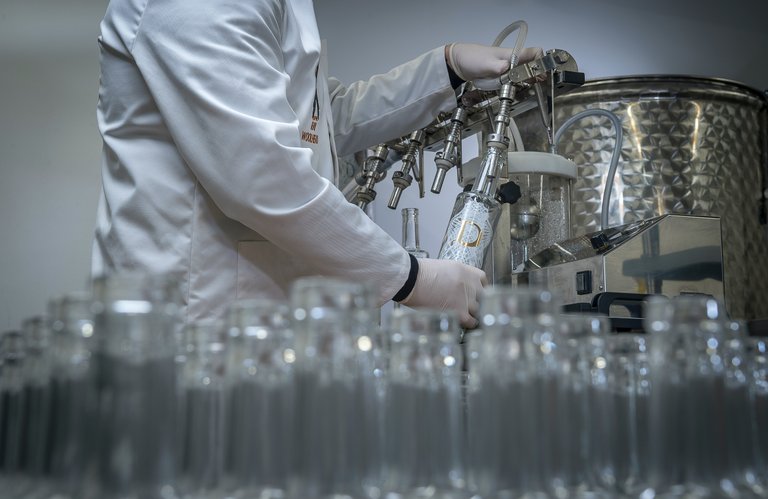Lemon grass and Citronella oil field distillation plant located in the town of Santa Barbara, California. The distillation plant is the only remaining relic of a boom town that once thrived around the citrus industry in the coastal region of Southern California.
In the 19th century, thousands flocked to California in the hopes of making their fortunes, but the state's climate proved inhospitable for citrus farming. Seeking out new industries, investors poured money into the newly established town of Los Angeles, building factories, warehouses, and distilleries.
But the factories and distilleries were destroyed during the devastating earthquake of 1812. After that, things went into a deep freeze until the temperance movement convinced people that drinking alcohol was bad. By the time the ban on distilling in California was fully implemented in 1849, Los Angeles had become a ghost town of abandoned buildings.
But after that year, the land around Los Angeles began to dry up. Farmers who had invested in citrus groves moved back to the East Coast, while a few remaining settlers started making their fortunes in less regulated industries.
By the time Walter Elias "Walt" Disney arrived in Los Angeles in 1929, the city was no longer the "big drink" of the country. But Disney, who was just beginning his animation career in 1928, was soon to change all that.
"It was the first time anyone had ever tried to distill alcohol in California," says historian and author Michael Barrier. "So, we had a distillery. And we had a brewery."
In the mid-1930s, Disney built the largest distillery and brewery in the world, with the ambitious plans of producing enough beer to supply 10 million cans a day. The distillery and brewery were located in a city that was quickly building up again. But by the time World War II began, California was again in a dark place.
"Los Angeles was in a serious water crisis. Not enough water was being piped into the city," Barrier says. "People were desperate for water. They would do anything to get it. Even sell their property."
Yet, despite the growing crisis, Disney and his brother, Roy O. Disney, refused to sell the water rights to the city. The brothers believed they were entitled to the water.
Though the distillery and brewery were soon abandoned, the buildings remained. In 1949, the distillery and brewery were added to the National Register of Historic Places. By the 1990s, the buildings were in serious disrepair.
That's where things get a little sketchy in the story. Many of the details surrounding the old distillery and brewery have been lost in the sands of time. One thing historians do know is that in 1993, Disney was about to sell the buildings to Hollywood developer Paul Brown.
But as Disney was preparing to sell the buildings to Brown, Disney World was in the throws of a major expansion. The expansion included a plan to build the first theme park in the country that was exclusively for adults. The owners decided to use the old distillery and brewery.
On February 9, 1994, the Hollywood Heritage Board was called in to help in a delicate situation.
